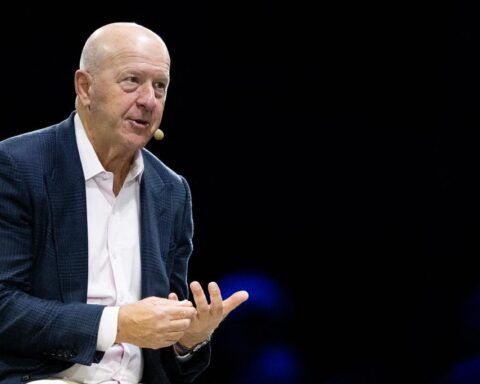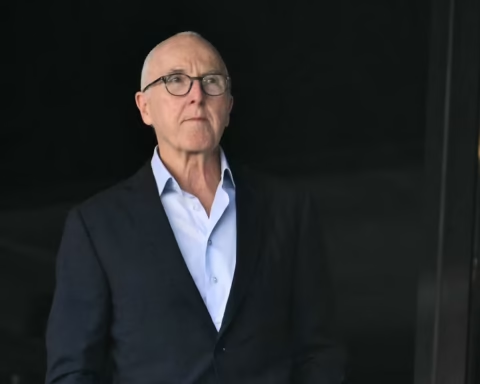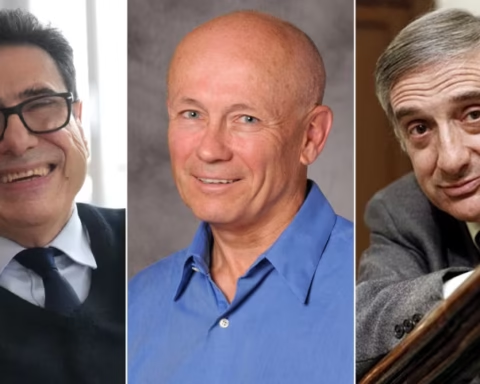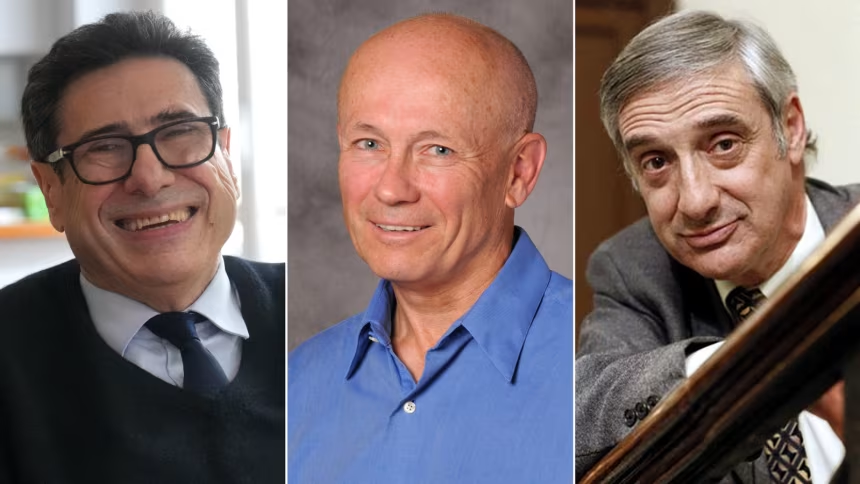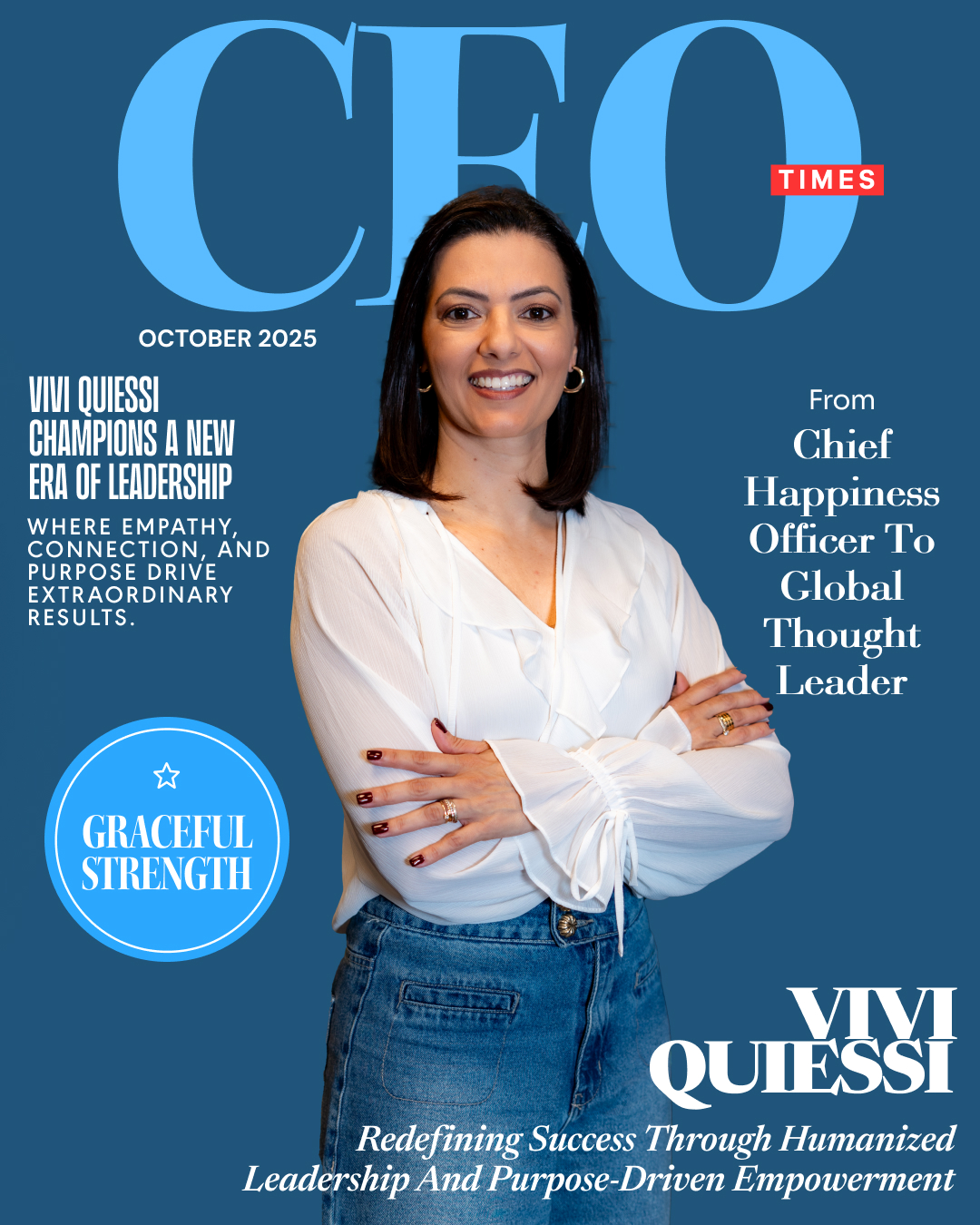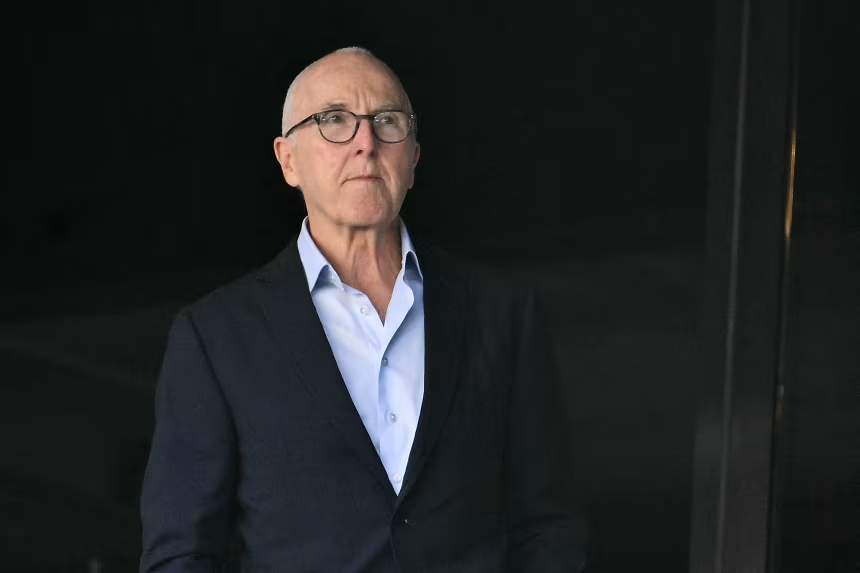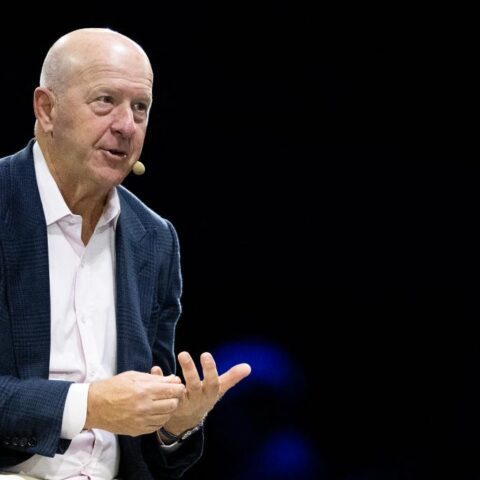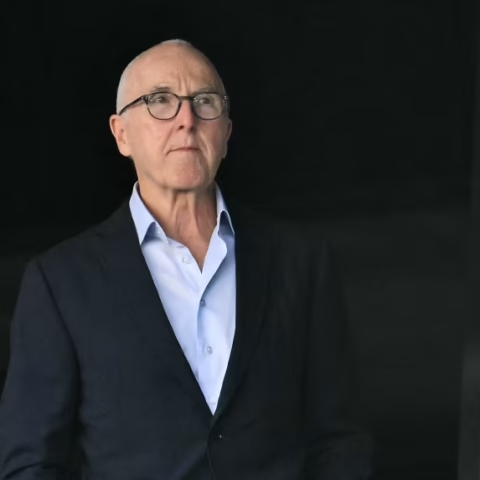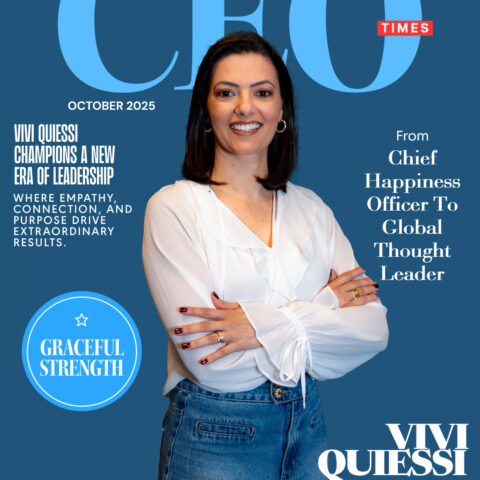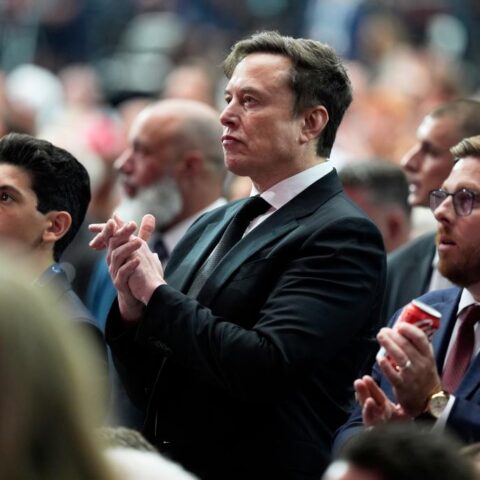Celebrating the architects of “creative destruction,” the trio sheds light on how innovation fuels economic progress and reshapes industries
The 2025 Nobel Memorial Prize in Economic Sciences has been awarded to Joel Mokyr, Philippe Aghion, and Peter Howitt for their groundbreaking research on the role of innovation in economic growth. The laureates have provided profound insights into how new technologies replace older ones, a concept famously described as “creative destruction.”
Representing complementary approaches to economics, the winners bring both historical depth and mathematical rigor to the field. Dutch-born Joel Mokyr, 79, an economic historian at Northwestern University, explored long-term trends using historical sources. Philippe Aghion, 69, affiliated with the Collège de France and the London School of Economics, alongside Canadian-born Peter Howitt, 79, of Brown University, developed mathematical models to explain the mechanisms of creative destruction.
Mokyr expressed surprise upon learning of his win, joking that he was more likely to be elected Pope than receive the Nobel Prize. “This is the type of job that I dreamed about my entire life,” he said, adding that he has no plans to retire. Aghion echoed the sentiment, expressing both shock and gratitude, noting he intends to reinvest his prize money into his research laboratory.
The laureates’ work highlights the importance of continuous innovation for sustaining economic growth. Mokyr’s research emphasizes the need not only to understand what works but also to provide scientific explanations for why innovations succeed. Aghion and Howitt, through their 1992 mathematical model of creative destruction, quantified the processes behind sustained growth, demonstrating how new technologies and businesses displace older ones in a self-reinforcing cycle.
Aghion has also played a key role in shaping economic policy, advising French President Emmanuel Macron’s 2017 election campaign and co-chairing France’s Artificial Intelligence Commission, which in 2024 submitted 25 recommendations to enhance the nation’s AI leadership.
John Hassler, chair of the Nobel Committee for Economic Sciences, praised the trio’s work, stating, “The laureates’ work shows that economic growth cannot be taken for granted. We must uphold the mechanisms that underlie creative destruction, so that we do not fall back into stagnation.”
The prize, formally known as the Bank of Sweden Prize in Economic Sciences in Memory of Alfred Nobel, awards 11 million Swedish kronor (nearly $1.2 million), with half going to Mokyr and the remainder shared by Aghion and Howitt. Each laureate also receives an 18-carat gold medal and a diploma.
Since its inception in 1968, the economics prize has honored 99 laureates, though only three have been women. While purists note that the economics prize is technically not a Nobel Prize, it is presented alongside the other Nobel honors on December 10, the anniversary of Alfred Nobel’s death in 1896.
This year’s recognition follows recent announcements in medicine, physics, chemistry, literature, and peace, reinforcing the Nobel legacy of celebrating discoveries that profoundly shape human knowledge and society.



